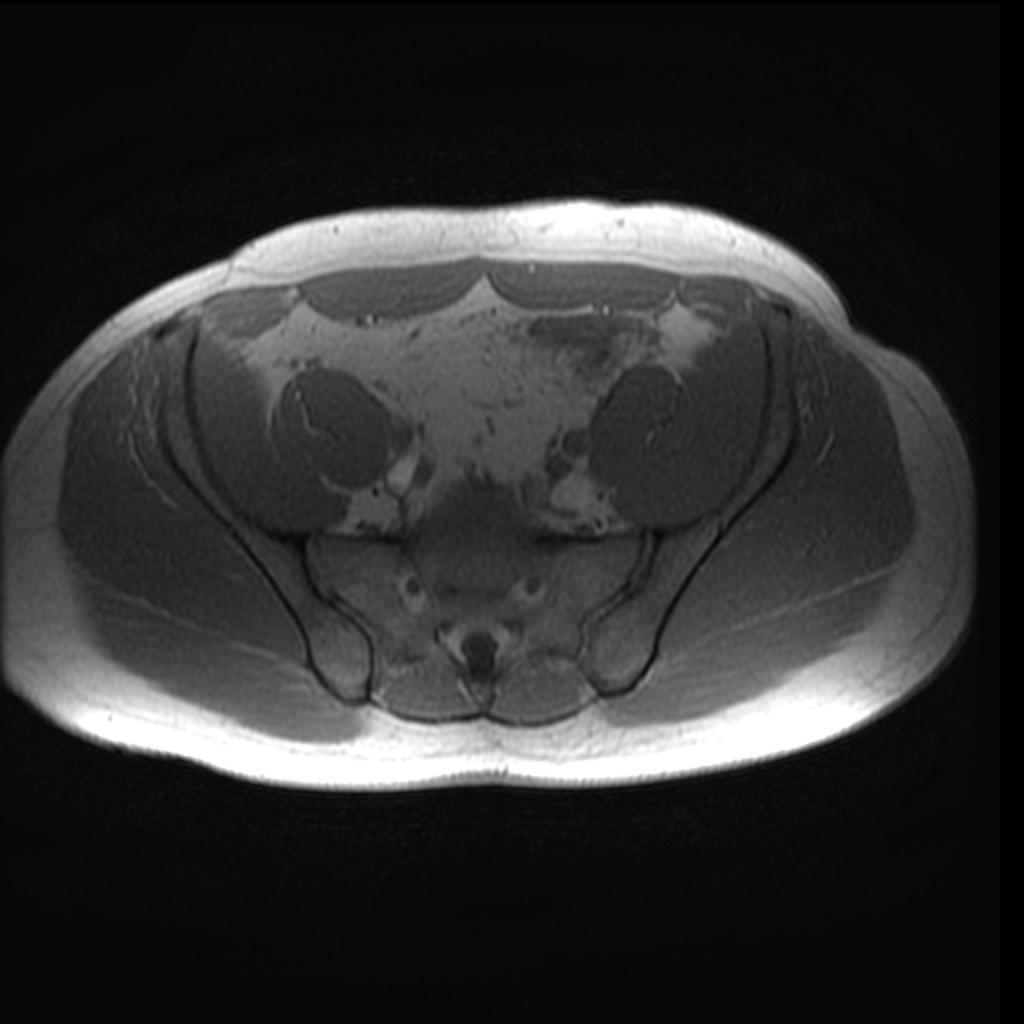Diverticulitis MRI: Difference between revisions
(→MRI) |
|||
| Line 4: | Line 4: | ||
==Overview== | ==Overview== | ||
MRI is a good imaging modality that can be used in diagnosis of diverticulitis since it has an advantage that there is no exposure to the radiation and it rules out other abdominal causes of acute abdomen. However, it is not the best diagnostic procedure to diagnose diverticulitis and CT scan is more preferred. MRI shows specific findings of diverticulitis which include thickening of the colon wall, presence of the diverticula, and exudates out of the colon. It may also shows presence of multiple abscesses. | MRI is a good imaging modality that can be used in diagnosis of diverticulitis since it has an advantage that there is no exposure to the radiation and it rules out other abdominal causes of acute abdomen. However, it is not the best diagnostic procedure to diagnose diverticulitis and CT scan is more preferred. MRI shows specific findings of diverticulitis which include thickening of the colon wall, presence of the diverticula, and exudates out of the colon. It may also shows presence of multiple abscesses.<ref name="pmid10566700">{{cite journal| author=Stollman NH, Raskin JB| title=Diagnosis and management of diverticular disease of the colon in adults. Ad Hoc Practice Parameters Committee of the American College of Gastroenterology. | journal=Am J Gastroenterol | year= 1999 | volume= 94 | issue= 11 | pages= 3110-21 | pmid=10566700 | doi=10.1111/j.1572-0241.1999.01501.x | pmc= | url=https://www.ncbi.nlm.nih.gov/entrez/eutils/elink.fcgi?dbfrom=pubmed&tool=sumsearch.org/cite&retmode=ref&cmd=prlinks&id=10566700 }} </ref> | ||
==MRI== | ==MRI== | ||
Revision as of 21:04, 9 June 2017
|
Diverticulitis Microchapters |
|
Diagnosis |
|---|
|
Treatment |
|
Case Studies |
|
Diverticulitis MRI On the Web |
|
American Roentgen Ray Society Images of Diverticulitis MRI |
Editor-In-Chief: C. Michael Gibson, M.S., M.D. [1] Associate Editor(s)-in-Chief:
Overview
MRI is a good imaging modality that can be used in diagnosis of diverticulitis since it has an advantage that there is no exposure to the radiation and it rules out other abdominal causes of acute abdomen. However, it is not the best diagnostic procedure to diagnose diverticulitis and CT scan is more preferred. MRI shows specific findings of diverticulitis which include thickening of the colon wall, presence of the diverticula, and exudates out of the colon. It may also shows presence of multiple abscesses.[1]
MRI
MRI shows the fllowing findings in cases of diverticulitis:
- Wall thickeness of the colon
- Presence of diverticula
- Exudates and edema out of the colon
- Abscesses
References
- ↑ Stollman NH, Raskin JB (1999). "Diagnosis and management of diverticular disease of the colon in adults. Ad Hoc Practice Parameters Committee of the American College of Gastroenterology". Am J Gastroenterol. 94 (11): 3110–21. doi:10.1111/j.1572-0241.1999.01501.x. PMID 10566700.
